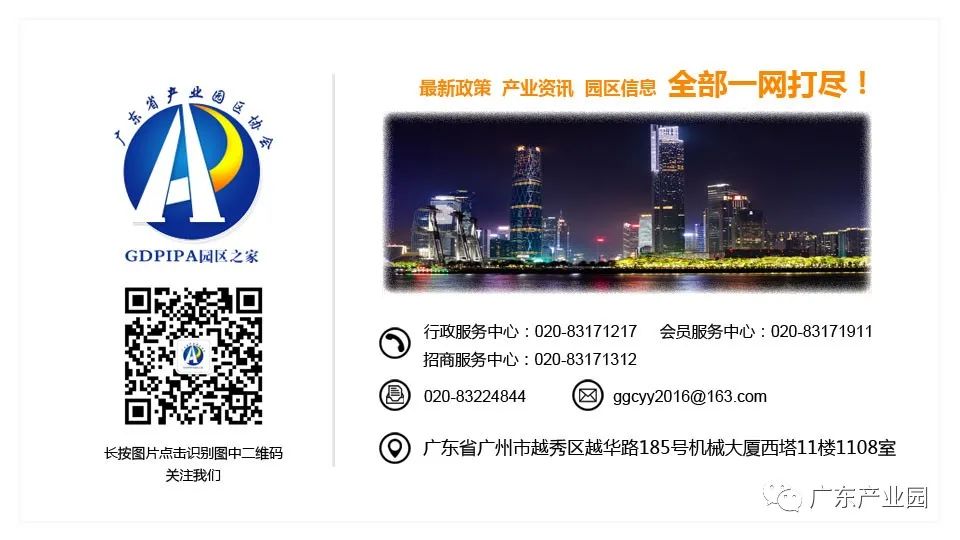

Source: Pangu Market Analysis
Disclaimer:This article is a network reprint, and the copyright belongs to the original author.If any copyright issues arise regarding the videos, images, or texts used in this article, please inform us immediately, and we will confirm the copyright based on the proof materials you provide and delete the content immediately!The content of this article reflects the original author’s views and does not represent this public account’s agreement with its views or take responsibility for its authenticity.
In Asia, China, Japan, and South Korea are the three countries with the strongest technological capabilities. China is the third largest country in the world by land area and the most populous country, alongside the UK, France, the US, and Russia as one of the five permanent members of the UN Security Council. China is a significant global technological and industrial power.
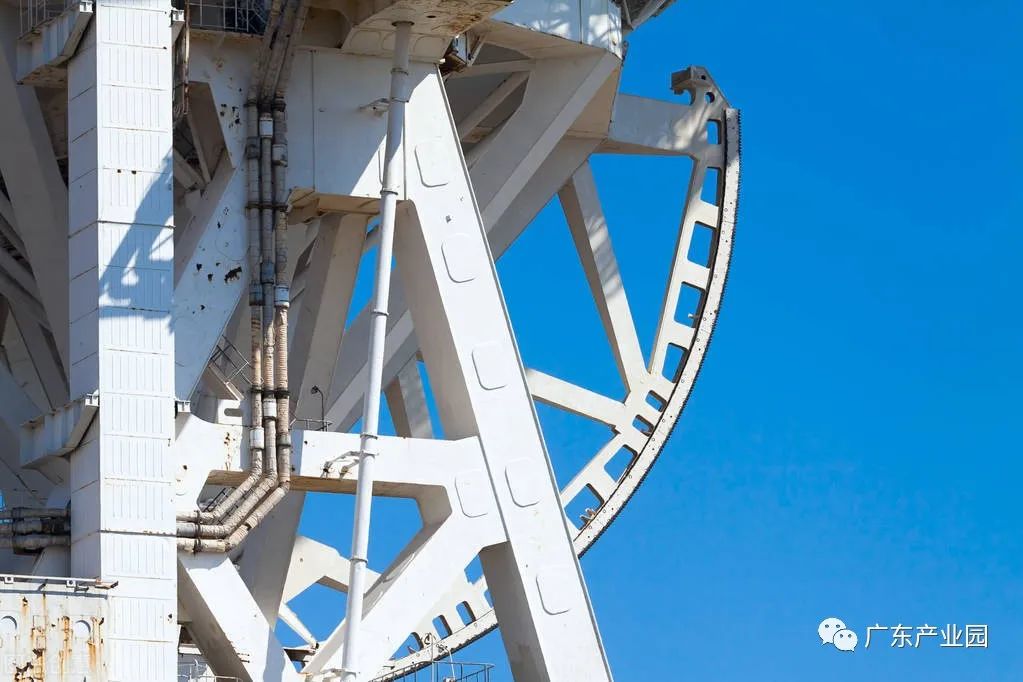
Japan is the third largest economy in the world.Japan is a highly developed capitalist country.It is resource-poor and heavily reliant on imports, with a highly developed manufacturing sector being the main pillar of its national economy.Japan has strong scientific research and development capabilities, with many multinational companies and research institutions, and its annual research funding accounts for about 3.1% of its GDP, a figure that once ranked first among developed countries.
South Korea is the only developed country among the future 11 countries. South Korea’s information technology industry has been strong for many years, with developed manufacturing and technology sectors. Besides being known for its high-speed internet services, memory, LCDs, and plasma display devices, as well as mobile phones, hold leading positions in the global market. Below are the top monopolistic technologies and advantageous industries possessed by these three countries:
1. China
Monopolistic Technology One: 5G Communication

Huawei once held the largest number of global 5G orders.This technology has placed China at the forefront of the world.Notably, Huawei’s 5G patent technology reached 11,423, ranking first in the world, and even the US fears the rise of China’s 5G communication technology, which has indeed risen.
Monopolistic Technology Two: Drones
The DJI brand is well-deserved, as China’s drones have maintained a leading position in the international community.
Monopolistic Technology Three: Super Steel and Bridges
China’s super steel is world-leading and is considered a significant revolution in the steel industry; China is currently the only country in the world to achieve industrialized production of super steel, while other countries’ super steel has yet to leave the laboratory. Super steel can help achieve the giantization of buildings, bridges, and tunnels, giving China an unprecedented advantage in large-scale infrastructure and bridge and tunnel projects.
Monopolistic Technology Four: Quantum Communication
This refers to a new type of communication method that utilizes quantum entanglement effects for information transmission. Compared to traditional communication methods, quantum communication has the characteristics of large capacity, fast speed, and good confidentiality. China successfully developed the world’s first quantum science experimental satellite “Mozi”, established the world’s first quantum secure communication backbone network “Beijing-Shanghai Line”, and built the prototype of the first air-ground integrated wide-area quantum secure communication network, placing China at the international leading level in quantum secure communication experimental research and application research.
Monopolistic Technology Five: Artificial Solar Energy Technology
As early as 2017, the Institute of Plasma Physics of the Chinese Academy of Sciences announced that the EAST superconducting tokamak experimental device, known as the artificial sun, achieved the world’s first sustained discharge of 50 million degrees plasma for 101.2 seconds, creating a world record.
Monopolistic Technology Six: Super Rice Technology
The world has been captivated by China’s breakthroughs in rice cultivation. For example, new varieties such as super rice, giant rice, seawater rice, cadmium-free rice, etc., have emerged, continually bringing surprises to the world.
Monopolistic Technology Seven: High-Speed Rail Technology
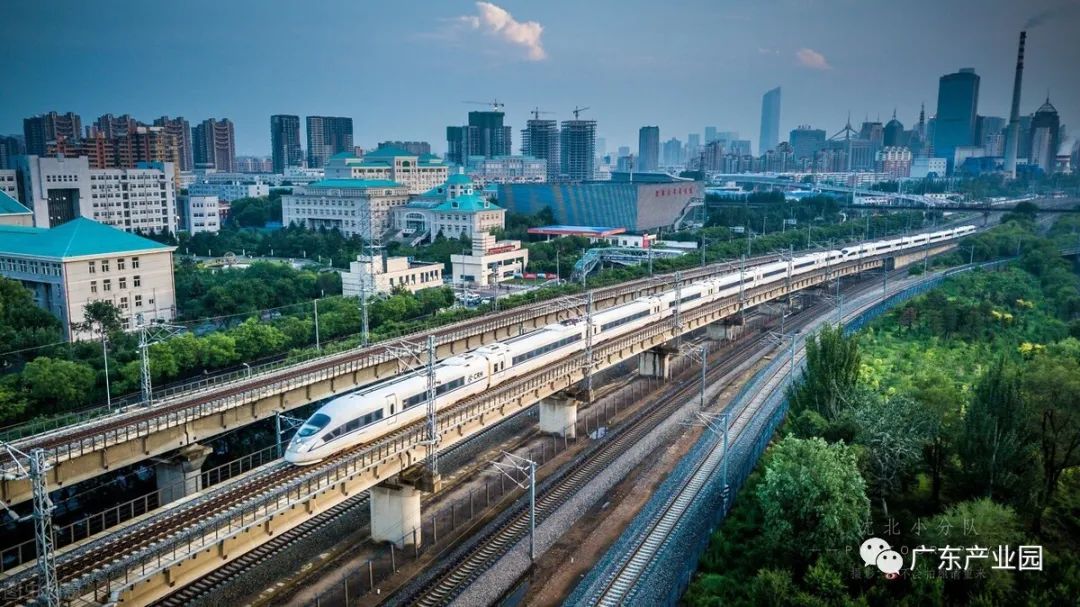
In the application technology field, high-speed rail and large-scale projects can reflect a country’s true technological strength ceiling.The self-produced rate of China’s high-speed rail has reached 90%, while the top industrial powers Germany and Japan are 60% and 40%, respectively.The maximum operating speed of China’s high-speed rail reaches 350 km/h, making it the fastest in the world, and its operational mileage is also the longest globally.
Monopolistic Technology Eight: UHV Transmission Technology
UHV transmission technology in China mainly refers to ±800 kV DC transmission and 1000 kV AC transmission technology. China not only possesses complete independent intellectual property rights but also is the only country in the world with this technology.
Monopolistic Technology Nine: AI (Artificial Intelligence)
China has emerged strongly in AI, far surpassing other countries and prompting many foreign countries to start learning from China’s artificial intelligence technology. Currently, deep learning applications of artificial intelligence are prevalent in many industrial fields, and these new technologies are breaking through the traditional advantage technology monopolies of the US, Japan, and Germany.
Monopolistic Technology Ten: 3D Printing (3DP) is a type of rapid prototyping technology that constructs objects based on digital model files using powder-like metals or plastics and other adhesive materials through layer-by-layer printing. In 2015, the 705 Research Institute of China Shipbuilding Industry achieved significant breakthroughs in 3D printing technology, becoming the fourth company in the world to master this technology after the US and Germany.
Monopolistic Technology Eleven: Laser Direct Manufacturing Technology is a rapid manufacturing technology developed in the 1990s based on rapid prototyping technology, combined with laser cladding technology. Unlike traditional processes like stereolithography (SL), which can only form organic materials, laser direct manufacturing technology can quickly create dense near-net-shape metal parts by slicing and layering 3D-CAD models and filling cross-sections using the laser cladding method. This unparalleled advantage gives laser direct technology significant application value in crucial industrial fields related to national competitiveness, such as aerospace, shipbuilding, and molds. The Shanghai Institute of Optics and Fine Mechanics of the Chinese Academy of Sciences is the earliest and largest laser research institute in China, established in 1964, and has developed into a comprehensive research institute focusing on exploring major foundational and applied research in modern optics, developing large-scale laser engineering technology, and pioneering high-tech applications of lasers and optoelectronics.
Monopolistic Technology Twelve: Liquid Metal Technology China has the most complete liquid metal industry chain globally, from raw materials to manufacturing, from patents to processes, and can produce zirconium-based amorphous alloys on a large scale. Companies have collaborated with the Institute of Metal Research of the Chinese Academy of Sciences, Tsinghua University, etc., and have mastered core liquid metal technology in block forming process technology. They possess independent intellectual property rights in three core technologies: material formulation, equipment manufacturing, and forming processes. They are currently the only company in the world capable of publicly announcing large-scale bulk amorphous metal forming capabilities. Liquid metal has significant potential applications not only in consumer electronics structural components but also in the automotive industry, sports equipment, robotics, aerospace, and military fields.
Monopolistic Technology Thirteen: Pure Biodegradable Implants China has developed the first clinically approved biodegradable magnesium-based medical device, which is also the world’s first pure magnesium Class III implant. This signifies a breakthrough in clinical translation of products in this field in China. Magnesium and its alloys are known as “revolutionary medical metal materials” because they can corrode and degrade in the human body and be absorbed, thus avoiding the problem of secondary surgery for removal, as is the case with titanium alloys and stainless steel implants.
Monopolistic Technology Fourteen: Maglev Trains The latest type of high-speed train developed by China, this train does not use traditional wheel technology like existing high-speed trains but employs a new magnetic levitation technology that uses the principle of electromagnetic repulsion and attraction to lift the train body off the track, creating a gap of several millimeters between the train and the track, significantly reducing friction resistance during operation and increasing speed. It is reported that the new type of maglev train recently unveiled in China has a standard operating speed of 600 km/h and a maximum speed of an astonishing 800 km/h.

Monopolistic Technology Fifteen: Gantry Crane Technology The gantry cranes produced by China occupy 80% of the global gantry crane market and almost monopolize the 1000-ton gantry crane segment. For example, the gantry crane built for the BrasFELS shipyard in Brazil is as high as 2000 tons. China’s warships can be continuously produced thanks to the large gantry cranes. For instance, the UK imported a 1000-ton gantry crane for 20 million USD specifically for constructing aircraft carriers, while India, unwilling to purchase Chinese-made cranes, had to settle for second-hand ones from the UK.
Monopolistic Technology Sixteen: High-Power UV Laser Crystals High-power UV lasers require crystals, and China has been leading the world in this area for about 20 years. The US previously announced a breakthrough in producing the KBBF crystal after a 15-year blockade by China. This crystal is used in light-emitting electron microscopes, ultra-high-power lasers, and is also a core component in manufacturing photolithography machines, which are essential for producing CPU chips. The primary reason for China’s blockade of this technology is its military applications, as high-power crystals are core technologies for laser directed energy weapons.
Monopolistic Technology Seventeen: Coal-to-Oil Technology Check Valves China is in an absolute leading position in coal-to-oil technology, and one critical small component in the massive coal-to-oil system is the check valve. Originally, there was only one company in Germany producing them, making enormous profits; a small valve could cost up to 1.8 million RMB, with a maximum lifespan of only three hours, leading to an average depreciation cost of 10,000 RMB per minute. After China developed the check valve, the price was only 200,000 RMB, with a lifespan of over a year. That German company has completely exited the competition. Any other country wanting to develop coal-to-oil technology cannot compete with China without purchasing Chinese equipment.
Monopolistic Technology Eighteen: Shield Tunneling Machines China has earned the title of “infrastructure madman.” Among all construction equipment, shield tunneling machines are the most critical. China has long achieved breakthroughs in this area and has taken the technology to the top level globally.
Monopolistic Technology Nineteen: Ultra-Thin Glass A new ultra-thin glass developed by Chinese scientists has amazed the world and broken records, leaving Japan incredulous and even the technologically advanced US in disbelief. The thickness of ordinary A4 paper is 0.095 mm, while this ultra-thin glass from China is only 0.12 mm thick, meaning it is just slightly thicker than A4 paper. China continues to set world records with ultra-thin glass, having core technology firmly in hand.
Monopolistic Technology Twenty: Anti-Counterfeiting Chips China designed the world’s first professional anti-counterfeiting chip D315, providing products with a unique global digital identity code, enabling cloud-based anti-counterfeiting queries through wireless scanning via mobile phones, ushering in the “anti-counterfeiting chip” era. In 2016, China independently developed the first generation of Nova ultra-high-frequency chips and achieved mass production, significantly reducing circuit power consumption and production costs.
Monopolistic Technology Twenty-One: High-Speed Maglev Turnouts In 2020, China Railway Industry Baogao Group successfully developed the world’s first high-speed maglev turnout capable of speeds up to 600 km/h. This marks a significant breakthrough in China’s high-speed maglev turnout technology, leading the world.
2. Japan
Japan’s manufacturing industry is at a top level globally. In many fields, it surpasses Germany, holding the number one position in the world.
Monopolistic Technology One: Digital Consumer Electronics. For example, digital cameras, camcorders, printers, copiers, etc. Most of the products we frequently use in our daily lives are Japanese brands. In the global digital camera sector, Japan holds an absolute leading advantage. Most of the long guns used by reporters in various countries are almost all Japanese products. Sony, Panasonic, and Canon dominate the global camera field, unmatched by brands from other countries. Notably, cameras are cutting-edge precision instruments integrating optics, electricity, and mechanics. The manufacturing process is as challenging as launching a satellite, with stringent requirements for materials, electronics, mechanics, optics, and processing technology, with many cutting-edge technologies mastered by Japan.
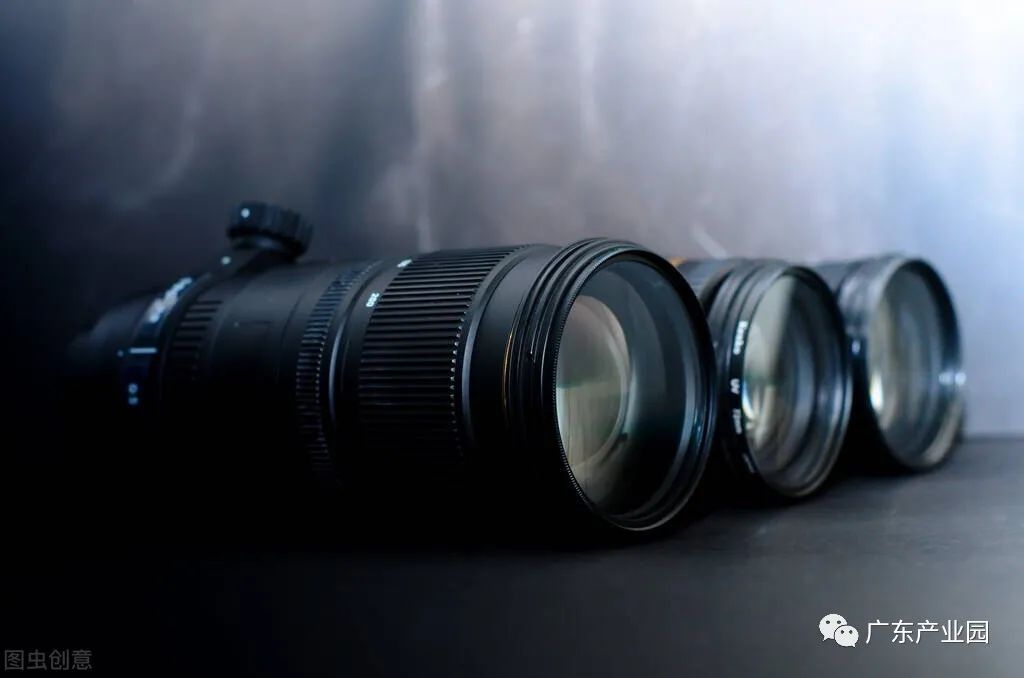
It is worth mentioning that Japan’s Canon, Ricoh, Fuji, and Xerox have become global giants in this industry, consistently occupying the top three positions in the world. Japanese manufacturing companies have a fanatical pursuit of technology, investing 30% of costs to improve product performance by just 1%.
Monopolistic Technology Two: Vacuum Deposition Machines.
Canon Tokki, a small factory with only 343 employees, produces vacuum deposition machines but generates billions of dollars in output annually. Vacuum deposition machines are essential for attaching OLED light-emitting materials to glass substrates and are indispensable for OLED displays. Canon Tokki produces only nine machines a year, and orders often take over two years to fulfill, indicating its monopolistic position.
Monopolistic Technology Three: Precision Machine Tool Industry.
Japan’s high-precision machine tool industry is among the most advanced in the world. Japan is home to hundreds of ultra-high-precision machine tool manufacturers, such as Mori Seiki, Okuma, Amada, JTEKT, Makino, and Komatsu. These machine tools can be used in the military industry; for example, Yamazaki Mazak is a special supplier of machine tools for US military factories, and the engines of F22 fighter jets are processed using Japan’s new five-axis machine tools, while some supercar ten-cylinder and twelve-cylinder engines are processed using precision machine tools from Japan’s Matsura Machinery.
Monopolistic Technology Four: High-End Semiconductor Materials.
Japan has long maintained a leading advantage in semiconductor material production, requiring about 19 essential materials to produce semiconductor chips, with no exceptions, and most materials have extremely high technical barriers. Currently, Japanese companies hold over 50% of the global market share in 14 important materials, including silicon wafers, synthetic semiconductor wafers, photomasks, and photoresists.
Monopolistic Technology Five: Carbon Fiber Industry.
The core technology for global carbon fiber production is mainly held by Japanese companies Toray, Teijin, and Mitsubishi. These companies are among the largest carbon fiber producers in the world, controlling over 70% of the global market share. In the global carbon fiber production technology field, the top ten applicants are all Japanese.
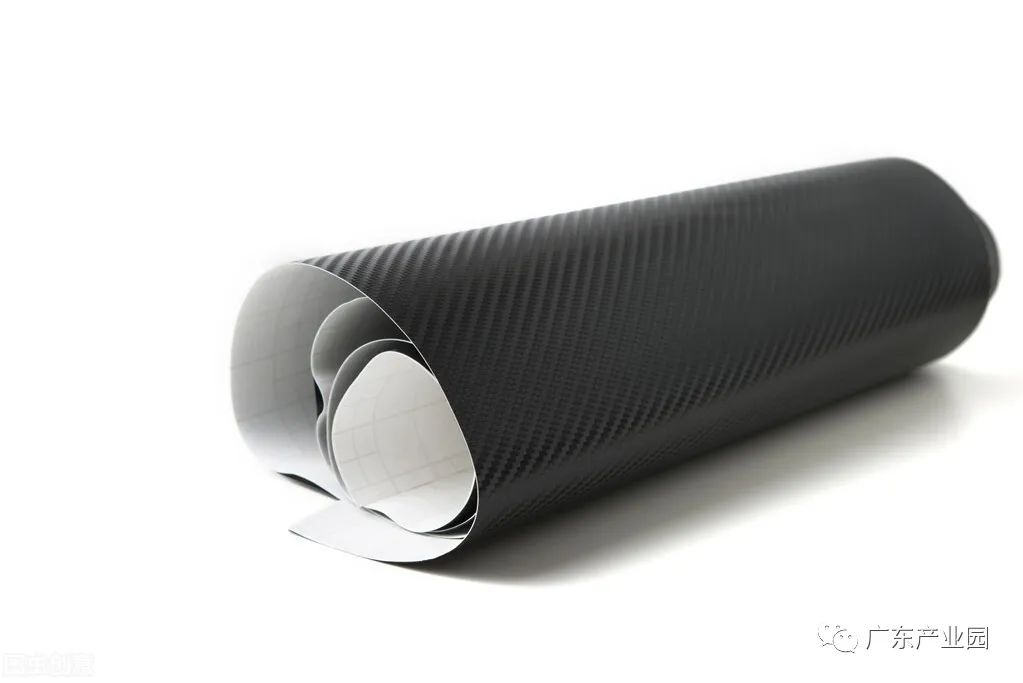
Monopolistic Technology Six: Camera Field. In the CMOS camera field, Sony of Japan holds a 50% global market share, and this is just one company from Japan. Currently, the demand for CMOS in the smartphone industry is enormous, but domestic production cannot meet the demand. Most high-quality CMOS cameras globally come from Japan.
Monopolistic Technology Seven: High-End Resistors, Capacitors, and Inductors.
Japan has a strong control in high-end resistors, capacitors, and inductors, with companies like Murata, TDK, Taiyo, and Kyocera being major suppliers of SAW filters globally, with Murata and Taiyo being key suppliers of capacitors and inductors. The main application areas for passive components include consumer electronics, automotive electronics, and home appliances, with consumer electronics occupying over 70% of the industry application space. Currently, Japan has a very strong control in the field of passive components, especially in high-end resistors, capacitors, and inductors.
Although Japanese smartphones do not sell well, Japanese smartphone components perform exceptionally well. For example, smartphone camera sensors produced in Japan are used by nearly all smartphone brands, including Apple, Huawei, and Xiaomi. This allows Japanese companies to reap enormous profits. In addition, another core smartphone component produced in Japan – ceramic capacitors – is also very profitable. Ceramic capacitors are widely used components, mainly applied in smartphones and various electronic devices, serving to eliminate electronic noise. A smartphone typically requires at least 100-200 ceramic capacitors. Japan’s ceramic capacitors account for over half of the global market supply, holding most of the core technology patents. Japan currently holds the world’s first level in terms of material and technology, making it very difficult for other countries to surpass it regarding cost-performance ratio.
Monopolistic Technology Eight: Basic Research Field.
Japan has produced a Nobel Prize winner nearly every year for the past 20 years, indicating its leading position in basic research.
Monopolistic Technology Nine: Medical Diagnostic Equipment Field.
Japan leads the world in medical experimental equipment, manufacturing not only advanced medical devices but also possessing the latest proton beam therapy equipment developed abroad (only two units exist in Japan). IBA, a Belgian company, is currently a major producer of proton therapy systems globally, holding over 50% of the market share and having won the Red Dot Design Award, being the only award-winning radiotherapy equipment. As a strong country in machinery, optics, electronics, and materials, Japan has a very comprehensive and extensive medical device industry, capable of producing the vast majority of medical device varieties. Japan’s most competitive medical device sectors are electronic, diagnostic, dialysis, and home medical devices.
For instance, among the top 50 global medical device companies, Japan’s Olympus (revenue of $5.745 billion), Terumo (revenue of $5.430 billion), Hoya (revenue of $3.382 billion), Nipro (revenue of $3.026 billion), and Omron (revenue of $1.620 billion) are all among the top 50 globally.
Monopolistic Technology Ten: Japan’s Animation Industry.
60% of the world’s animation products come from Japan. 80% of domestic animation works come from Japan, and 99% of excellent animation works come from Japan.
Monopolistic Technology Eleven: Intelligent Robots.
In the field of exploration and military robots, the US and Japan are comparable, but in the field of intelligent simulation robots, Japan has a significant lead over the world.
Monopolistic Technology Twelve: Precision Reducers.
One of the representative works of Japan in industrial technology is precision reducers, which are widely used in precision instruments, such as high-end machine tools, industrial robots, and other high-end products. In simple terms, precision reducers are similar to gearboxes, and Japan’s gearbox technology is also world-class. The world’s top reducers are monopolized by Japan, with a market share of about 75%, while the rest is divided among Germany, Italy, and the US. Japan’s materials science is very strong, and its metal smelting technology is top-notch. The main structure of precision reducers lies in variable gears and bearings, which involve various material technologies. Good design combined with quality materials and fine processing technology results in exceptional products.
Monopolistic Technology Thirteen: Hydrogen Fuel.
Japan began working on hydrogen fuel cell technology as early as the 1990s, with automotive giant Toyota leading the charge. The launch of the MIRAI marked a new stage in the development of hydrogen fuel cell technology. According to the number of patent applicants for fuel cells, Toyota holds the global first position with 10,737 total patents. Honda’s second-generation hydrogen fuel car, CLARITY, has a range of 750 kilometers.

Japan is also a core technology country for hydrogen energy. Carbon fiber, as one of the core materials for hydrogen storage bottles, is monopolized by Japan and the US. The Japanese Ministry of Economy, Trade and Industry mentioned in the “Hydrogen Energy and Fuel Cell Strategic Roadmap” that the goal of a “hydrogen society” will be achieved in three steps: By 2025, accelerate the promotion and popularization of the hydrogen energy utilization market; by 2030, establish a large-scale hydrogen supply system and achieve hydrogen fuel power generation; by 2040, complete the construction of a zero-carbon hydrogen fuel supply system.
Monopolistic Technology Fourteen: AI-Designed Clothing
Japan has entered the fashion industry, using artificial intelligence to predict fashion trends and provide AI-designed clothing. By collecting about 25 million photos from fashion shows, fashion magazines, and social media, it has built the world’s largest clothing information database. As one of the three major clothing markets worldwide, Japan maintains a global leading advantage in manufacturing processes and fashion creativity.
Monopolistic Technology Fifteen: Ultra-High Vacuum Scanning Probes:
Unisoku is a small factory but holds a 60% global market share. Its technology capabilities in ultra-low temperature and strong magnetic fields are world-class.
Monopolistic Technology Sixteen: Sensors and Measuring Instruments:
Japan’s Keyence is a major global supplier of sensors and measuring instruments, thriving in the internet era with a vast business capability. Its sensor business revenue remains stable around 10 billion RMB. Keyence, an extraordinary company, ranks ahead of Sony and Honda in Japan’s Nikkei and Tokyo Stock Exchange rankings and has been included in Forbes’ list of the “Most Innovative Companies” globally.
Monopolistic Technology Seventeen: Zippers:
YKK, Japan’s Yoshida zipper, generates nearly 40 billion RMB in global revenue and has three manufacturing plants in China. YKK is the pioneer of the zipper industry, representing global industry standards. Due to its precise Japanese craftsmanship, materials, and management methods, YKK zippers are about ten times the price of other brands. Yet, YKK still holds the largest market share in the zipper industry. Because of their high price and the extensive use of zippers, most backpacks do not use YKK zippers.
Monopolistic Technology Eighteen: Lithium Battery Technology NCA: Panasonic
The lithium battery industry mainly concentrates in China, Japan, and South Korea. Japan primarily follows the NCA route, while South Korea pursues both NCM and NCA routes, and China mainly follows the NCM route, with NCA’s production relatively smaller. China’s lithium battery technology has rapidly risen, mainly coming from NCM technology, which is the nickel-cobalt-manganese lithium battery inside ternary lithium batteries, due to Panasonic’s firm grasp of the production technology of nickel-cobalt-aluminum lithium. The NCA production process is more stringent than NCM811, requiring humidity control below 10%, while NCM and other types of batteries only require strict humidity control during the injection process.
Japan’s manufacturing industry has consistently ranked at the forefront of the world, holding over 60% market share in 256 fields. Although many Japanese companies appear to be withdrawing from certain markets, they are actually transforming and upgrading to higher-end fields. Japanese companies possess strong capabilities in upstream areas of product manufacturing, mastering key products and technologies in chemical and electronic materials, components, precision equipment, and instruments, occupying an advantageous position in the upstream of the industry chain. Japan’s R&D investment mainly comes from enterprises, with 55% of technological innovations completed by small and medium-sized enterprises. For instance, as early as 2017, enterprise R&D investment accounted for 80.7% of Japan’s total, far exceeding that of the US (69.1%) and Germany (67.2%). Japanese companies invest heavily in technological innovation, and the results are evident.
In summary, Japan’s monopolistic fields are concentrated in the following industries:
Japan’s Monopolistic Field One: Optical Technology Industry Chain.
Japan’s Monopolistic Field Two: Globally Advanced Medical Precision Equipment.
Japan’s Monopolistic Field Three: Globally Ubiquitous Office Equipment.
Japan’s Monopolistic Field Four: Global Automotive Parts and Automotive Electronics.
Japan’s Monopolistic Field Five: Extremely High Market Share in Elevators.
Japan’s Monopolistic Field Six: Dominance in Global Steel Smelting Technology and Equipment.
Japan’s Monopolistic Field Seven: World-Leading Central Air Conditioning.
Japan’s Monopolistic Field Eight: Global Animation Industry.
Japan’s Monopolistic Field Nine: Subtle Network Finance.
3. South Korea
LNG Transport Ships. These are specialized vessels capable of transporting liquefied gas at ultra-low temperatures of -163°C, recognized as the “crown jewel” of international shipbuilding, with extremely broad future development prospects. However, due to the significant technical difficulty in construction, currently, only a few countries, including China, the US, Japan, and South Korea, have the capability to build them.

It is worth mentioning that among the countries capable of building LNG transport ships, South Korea’s three major shipyards dominate nearly all large LNG transport ship orders in the international market, leaving other capable countries only watching helplessly. Therefore, South Korea used to be a monopoly in this field.
Semiconductors and Semiconductor Materials: The semiconductor industry is the cornerstone of technological development, and technology is the primary productive force, highlighting the importance of chips in semiconductors. Apart from Taiwan’s TSMC, the only company capable of mass-producing 5nm processes is South Korea’s renowned Samsung. Samsung Electronics has developed multiple products that lead the high-tech electronics market, winning numerous world firsts, including the world’s first hard disk digital camera ITCAM 9W, the world’s first camera phone with optical zoom of 3 million pixels, GSM/CDMA dual-mode phones, UniJa phones, T-color screen phones, the world’s first DVD for high-definition televisions, and the world’s first 57-inch TFT-LCD display screen for high-definition televisions, among others.
In 1992, Samsung developed the first 64M DRAM, ensuring the strongest technological strength in the world; in 1993, it became the world’s leading storage semiconductor company. In 1994 and 1996, it successively developed 256M and 1G DRAM, also achieving the honor of “world’s first development,” making semiconductors a representative industry of South Korea.
In 2002, NAND Flash ranked first globally; in 2006 and 2007, it successfully developed 50nm DRAM and 30nm NAND, respectively, with Samsung Electronics holding over 30% market share in the memory field, becoming a global industry powerhouse. Samsung’s patent numbers once exceeded twice that of TSMC. In terms of patent quantity, if categorized by company, the top six companies account for 59% of total patent applications. Among them, Germany’s Carl Zeiss holds 18%, South Korea’s Samsung Electronics holds 15%, Netherlands’ ASML holds 11%, South Korea’s S&S Tech holds 8%, China’s TSMC holds 6%, and South Korea’s SK Hynix holds 1%. South Korea’s technological strength cannot be underestimated. In terms of process technology, Samsung Electronics accounts for 39%, while TSMC accounts for 15%, meaning the two companies together account for 54%. In the film sector, South Korea’s S&S Tech accounts for 28%, Japan’s Hoya accounts for 15%, South Korea’s Hanyang University accounts for 10%, Japan’s Asahi Glass accounts for 10%, and Samsung Electronics accounts for 9%. South Korea’s semiconductors are rapidly developing in various fields.
It is worth mentioning that DRAM and NAND flash memory used by Huawei, OPPO, VIVO, and Xiaomi must be purchased from South Korea, and high-end smartphone OLED screens are nearly 100% sourced from Samsung, as Samsung accounts for 99% of global OLED smartphone screen production.
For more details, please click “Read the Original” to download.
Public Account Information Review
1、Notice on Further Clarifying the Priority Development Industries in Our Province
2、What is Carbon Neutrality? A Cartoon Explanation
3、【One Picture Understands】Notice on Several Measures for Deepening the Market-oriented Allocation Reform of Industrial Land
4、Notice on the Release of the “Ten Articles for Investment in Advanced Manufacturing in Guangdong”! These projects can receive a reward of up to 30% of the purchase amount
5、Notice of the Guangdong Provincial People’s Government on Printing and Distributing the “14th Five-Year Plan” for High-Quality Development of Manufacturing in Guangdong
6、Good News, enterprises in Guangdong Province in these categories no longer need to handle environmental impact assessment procedures
7、Analysis of the Trends of “Carbon Peak and Carbon Neutrality”
8、Experience of State-owned Enterprises in Industrial Governance in Guangzhou Development Zone
9、List of Core Technologies Not Yet Controlled by China
10、What is Industry 4.0? This article finally explains it clearly
11、Opinions on Promoting the High-Quality Development of High-tech Industrial Development Zones
12、16.5 trillion! The Roadmap for Cultivating Strategic Industrial Clusters in Guangdong is Out
13、Classification of Strategic Emerging Industries (2018)
14、Invitation to Participate in the “Service into the Park” Public Welfare Activity
15、Letter on Strengthening Service Work in Industrial Parks
16、Letter on Establishing Information on Specialized Service Organizations in Industrial Parks
17、Letter on Continuing to Recommend Experts in Guangdong’s Industrial Parks
